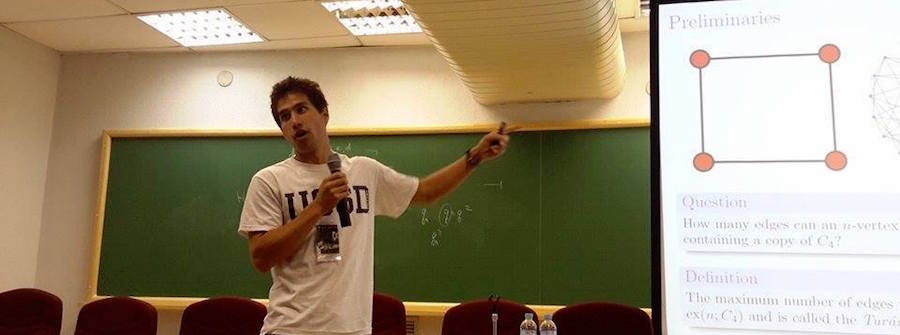Math Track
The Math Track program was a data-informed student academic success innovation created in 2016 as a pilot to address low pass rates for students in Math 3C. The program was nested within the OASIS Bridge Program with academic support provided by the Academic Achievement Hub in the Teaching + Learning Commons. The math course options for students in the Math Track program include:
- MATH 2. Introduction to College Mathematics (4)
- MATH 3C. Precalculus (4)
- MATH 4C. Precalculus for Science and Engineering (4)
- MATH 10A. Calculus I (4)
- MATH 20A. Calculus for Science and Engineering (4)
The program was designed to be high touch (with trained instructors, tutors, and Supplemental Instruction leaders). All students who opted into the Math Track were placed into a math course via the Math Analysis Readiness (MAR) test in 2016 and the Math Placement Exam (MPE) in 2017; an SAT math level 2 score; or an AP Calculus exam score. All math courses were supported with Supplemental Instruction (SI) and students in Math Track were required to attend these sessions. Participation in SI was mandatory.
The overarching goal for Math Track was to increase students’ retention rate, persistence in majors, time to degree, GPA, and success rates in math courses.
Specifically, the program outcomes were to:
- Prepare students with an MPE score of 17 or lower for success in Math 3C
- Support completion of a math sequence required by students’ majors and/or colleges
- Improve students’ attitudes about math
- Encourage continuous utilization of SI and tutoring services
Program goals and outcomes were tracked throughout the academic year, using the following metrics:
- Progress in a math sequence required by students’ majors/colleges:
- Math course enrollment
- Math course grades
- Academic progress:
- Term GPAs, term passed units
- First-year retention (fall to fall)
- Academic status as of spring
- Utilization of SI and tutoring

